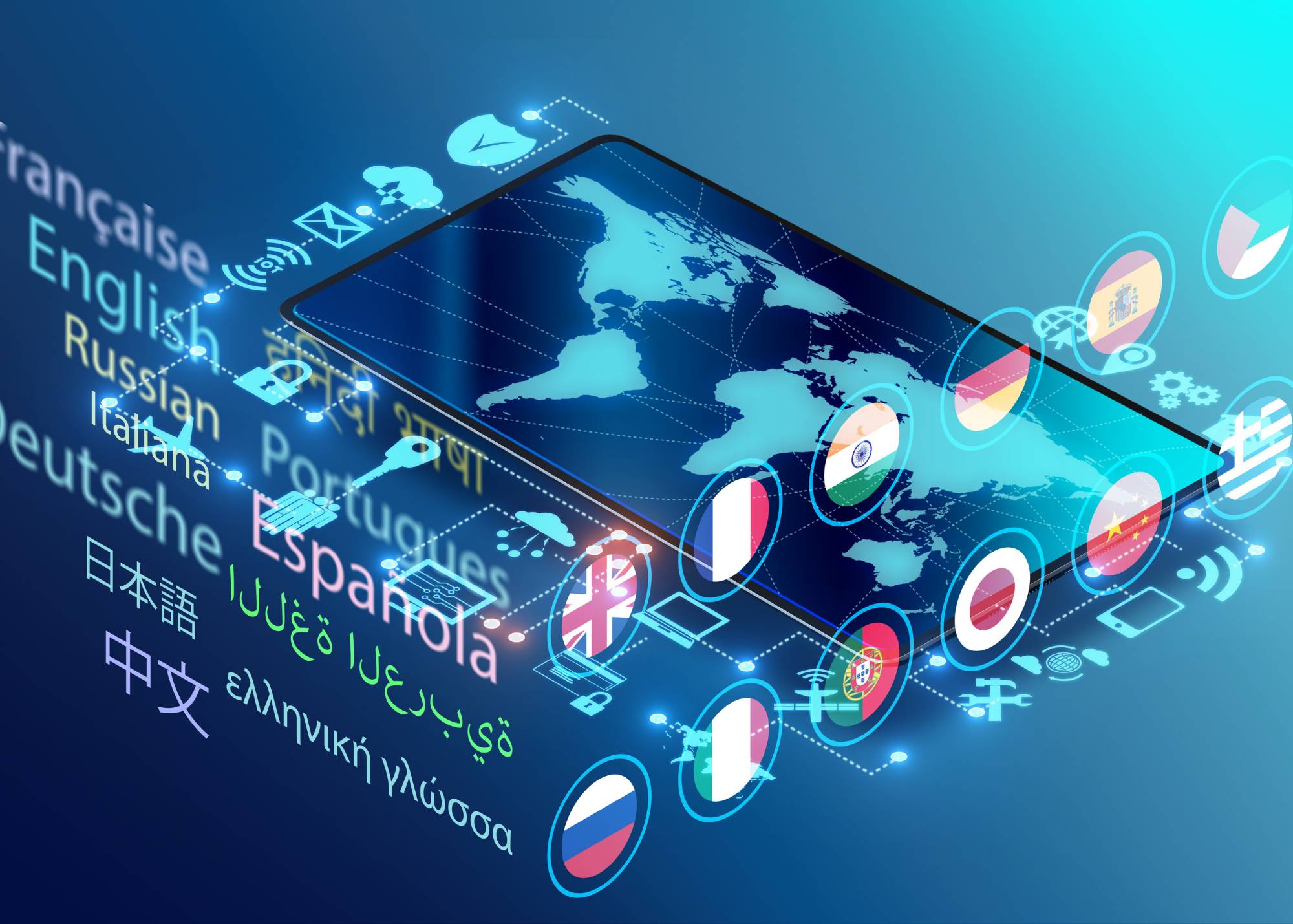Language Accessibility in Tech: Empowering diverse communities, businesses

In the dynamic realm of technology, the quest for innovation often overshadows a critical aspect – language accessibility.
As we strive for global connectivity, it is imperative to recognize the diverse linguistic tapestry that makes up our world. This blog explores the pivotal role of language services in making technology more accessible to diverse linguistic communities. In addition, how accessibility benefits businesses seeking to reach a wider audience.
The Significance of Linguistic Diversity
Our world is a mosaic of languages, each representing a unique cultural identity. However, the digital landscape has historically favored a few dominant languages. This creates barriers for those whose primary language is not well-represented in the tech space.

Recognizing and addressing these language gaps is essential for fostering inclusivity. It also ensures that the benefits of technology are accessible to everyone.
Preserving Cultural Identity
Language is deeply intertwined with culture, serving as a vessel for traditions, values, and shared experiences. For diverse communities, access to technology in their native languages is essential to preserving and expressing their cultural identity.
Language accessibility ensures that technology reflects the rich tapestry of global cultures, rather than a force that homogenizes them.
Empowering Non-Native English Speakers
The dominance of English in the tech industry has created a digital divide for non-native English speakers. Language accessibility initiatives break down this barrier. It also empowers individuals who may not be fluent in English to fully benefit from technological advancements.

This inclusivity enhances digital literacy and enables individuals to leverage technology for personal and professional growth.
Improving Access to Information
Language barriers can act as a formidable obstacle to accessing information online. Language accessibility ensures that individuals from diverse linguistic backgrounds can access educational resources, news, and essential information. This democratization of information is vital for fostering informed and engaged communities.
Enhancing Economic Opportunities
Language accessibility in technology is not just a matter of convenience; it directly impacts economic opportunities for diverse communities. By providing tools, platforms, and services in multiple languages, technology becomes an inclusive space for entrepreneurship, job opportunities, and skill development. It also contributes to a more equitable distribution of economic benefits.
Fostering Social Inclusion
The digital world is a social space where connections are formed, ideas are shared, and communities are built. Language accessibility plays a crucial role in fostering social inclusion by ensuring that individuals can participate in online conversations, engage with social media, and connect with others in their preferred language. This inclusivity strengthens social bonds and bridges cultural gaps.
Addressing Educational Disparities
Educational technology is transforming how people learn, but language barriers can exacerbate existing educational disparities. Language accessibility ensures that educational tools and platforms cater to diverse linguistic needs, promoting equal access to quality education regardless of the language spoken at home.
Benefits for Businesses
Language accessibility is not only a matter of social responsibility; it also holds significant advantages for businesses aiming to expand their reach:

Global Market Insights
Language services empower businesses to tap into new markets and connect with audiences on a global scale. By breaking down language barriers, companies can expand their customer base and explore untapped opportunities in diverse regions.
Enhanced User Engagement
Technology that speaks the language of its users fosters deeper engagement. Businesses that prioritize language accessibility demonstrate a commitment to understanding. They meet the unique needs of their audience, resulting in increased user satisfaction and loyalty.
Cultural Sensitivity and Brand Image
Localization and language services contribute to cultural sensitivity, helping businesses avoid unintentional cultural faux pas. This enhances a company’s brand image, as users appreciate efforts to connect with them on a personal and cultural level.
In the ever-evolving landscape of technology, language accessibility is not just a feature; it’s a fundamental aspect of creating an inclusive digital environment.
Language service providers, like Teneo Linguistics Company (TLC), serve as the cornerstone in empowering diverse communities and unlocking new possibilities for businesses.
By embracing this, we can build a tech ecosystem that truly reflects the richness of global linguistic diversity.
Learn more about how TLC can support your company with professional language services ranging from translation to on-demand interpreting, transcription, bilingual staffing, and language proficiency assessments at www.tlctranslation.com.







